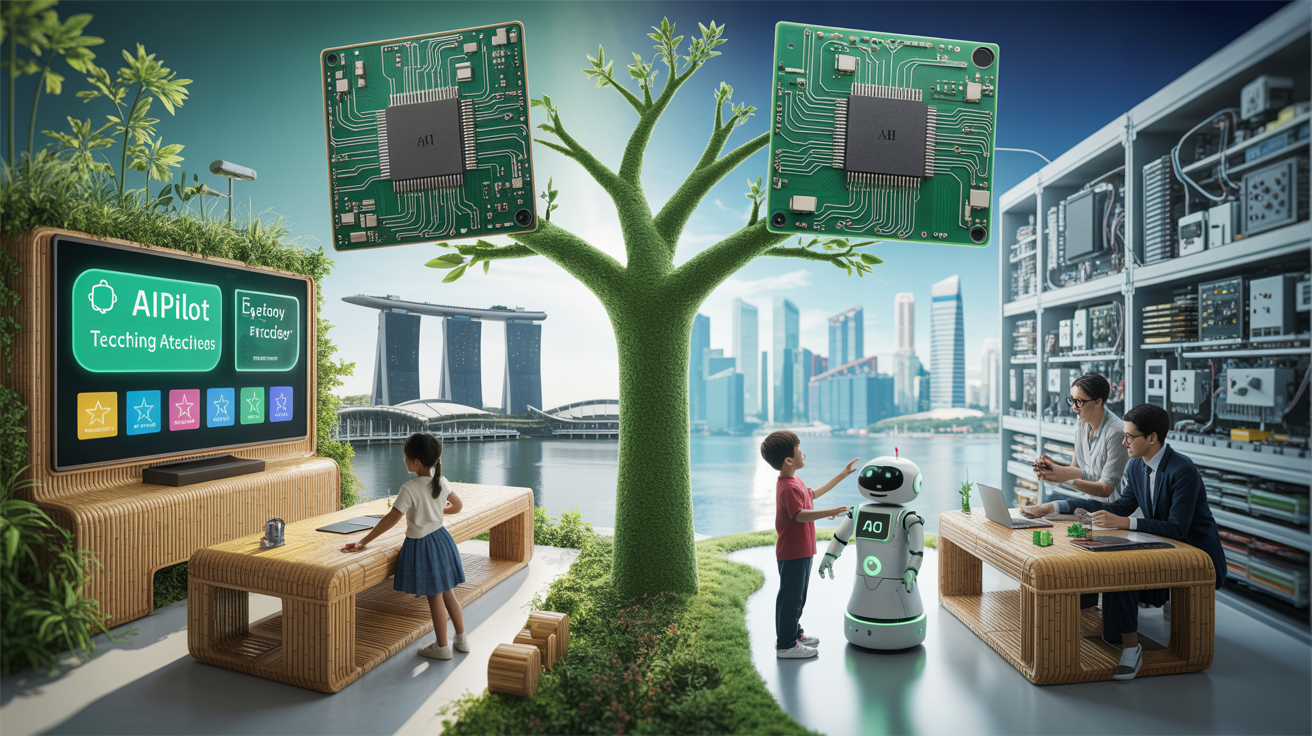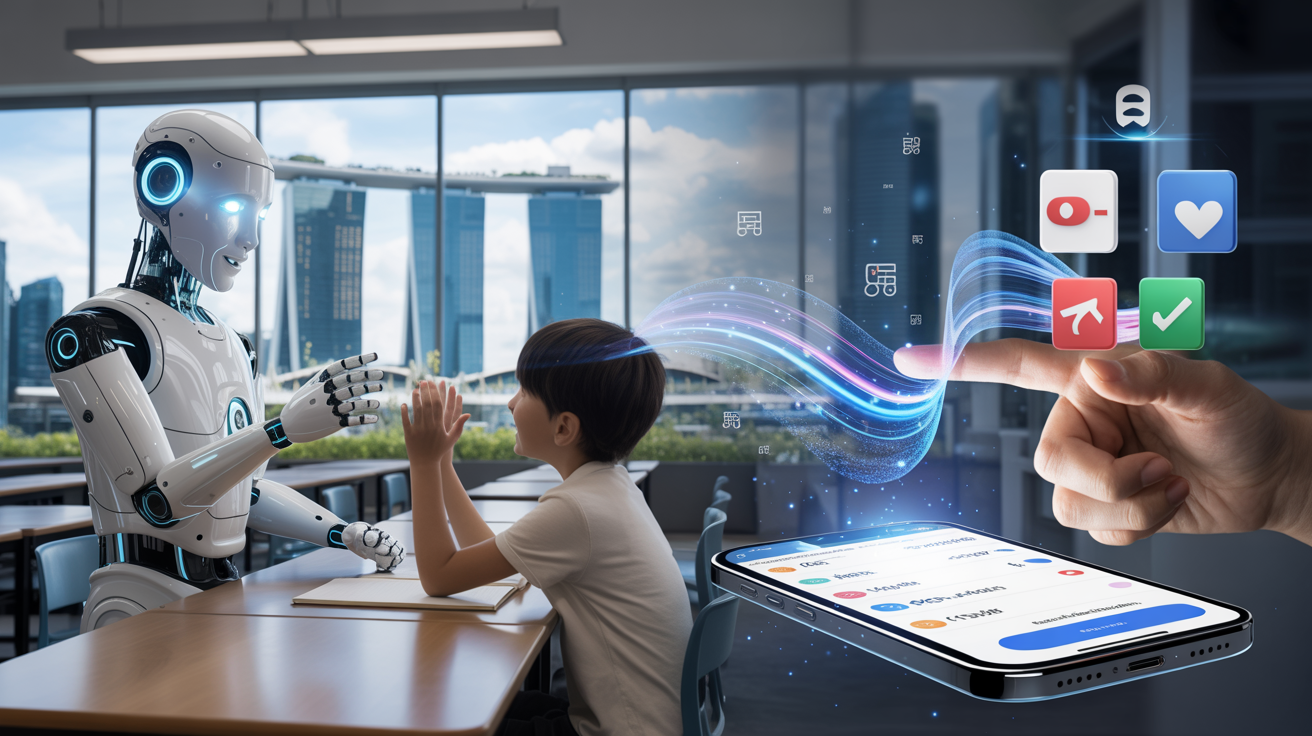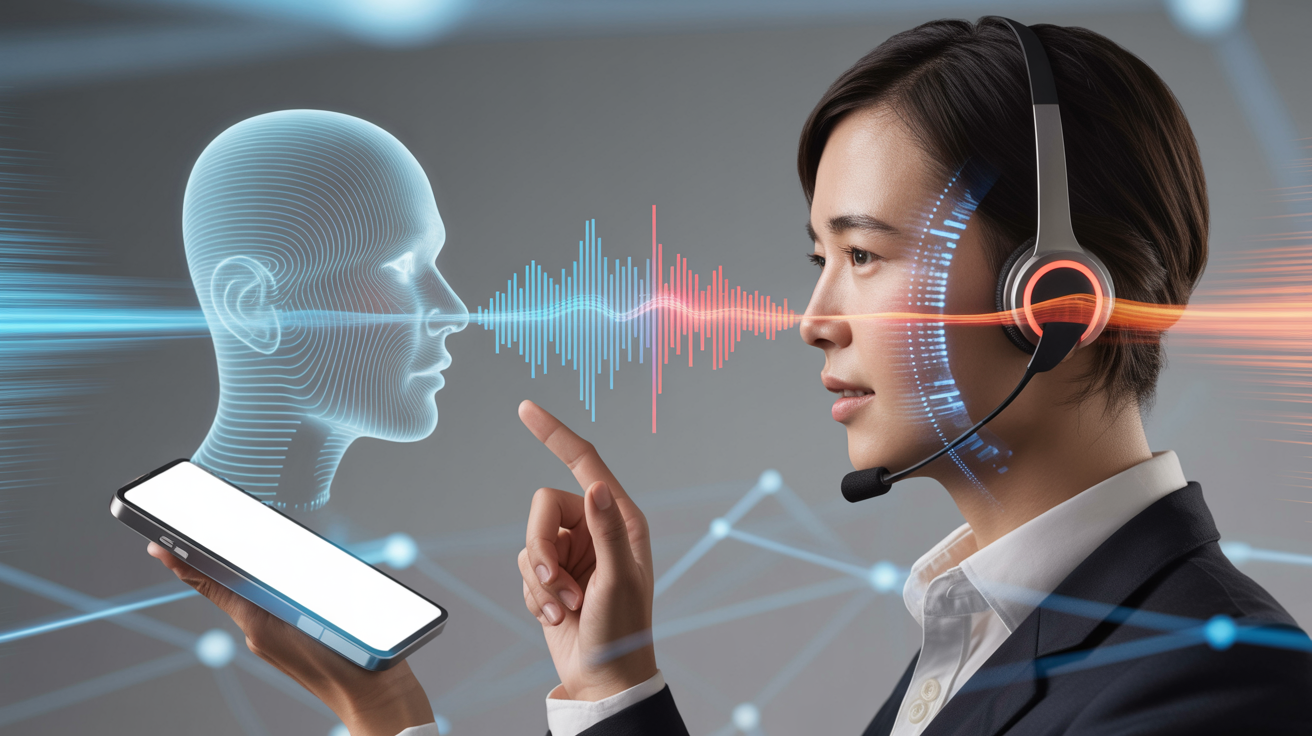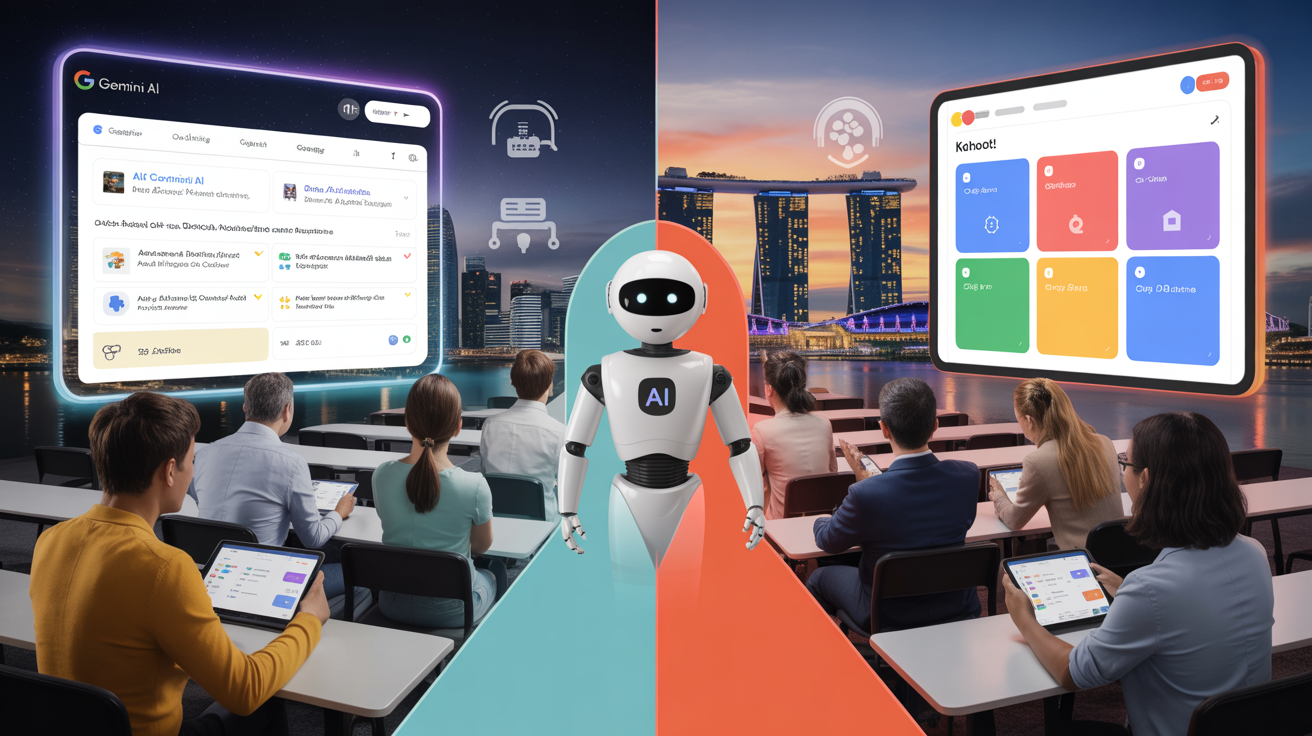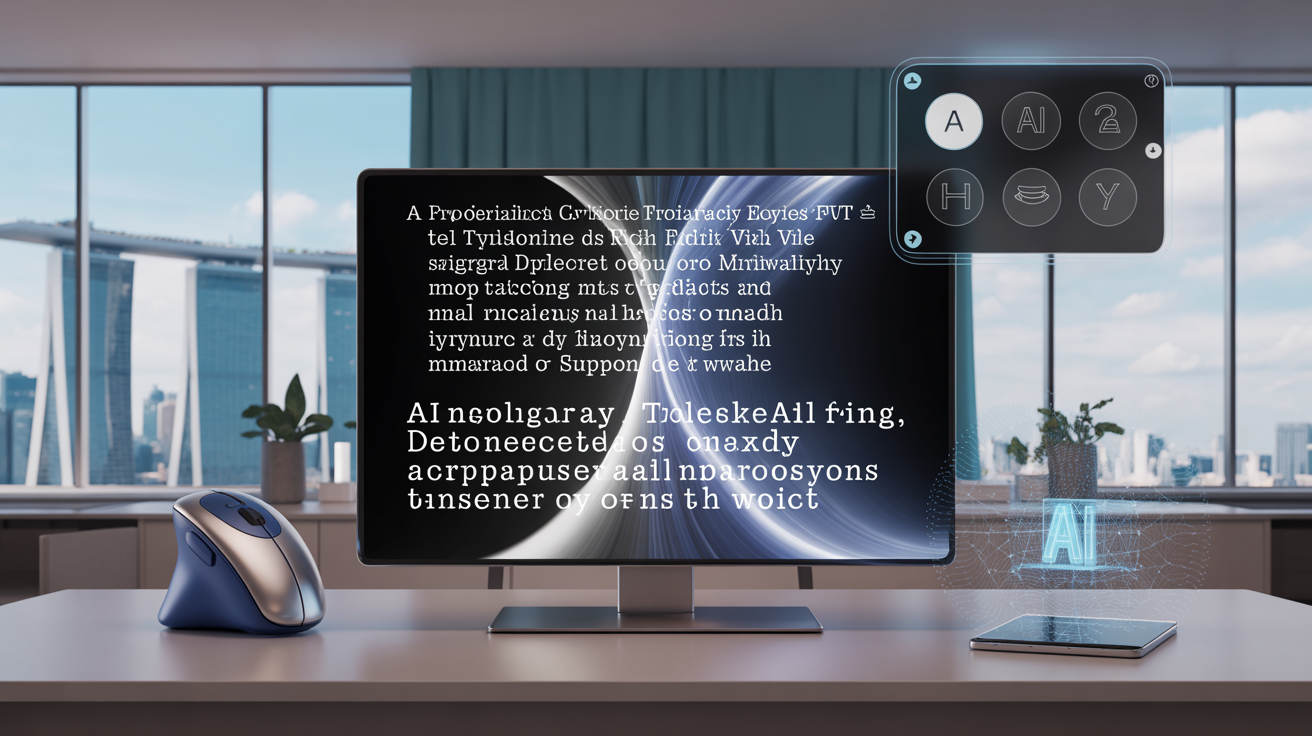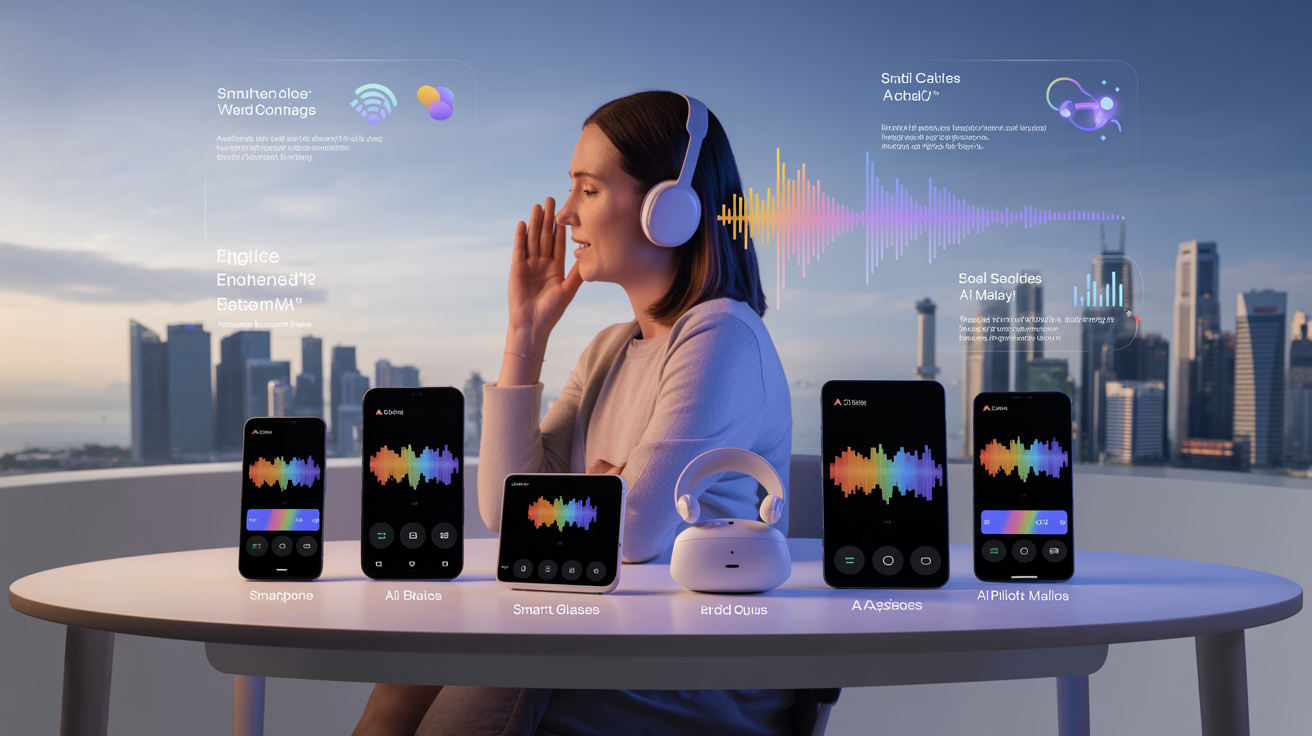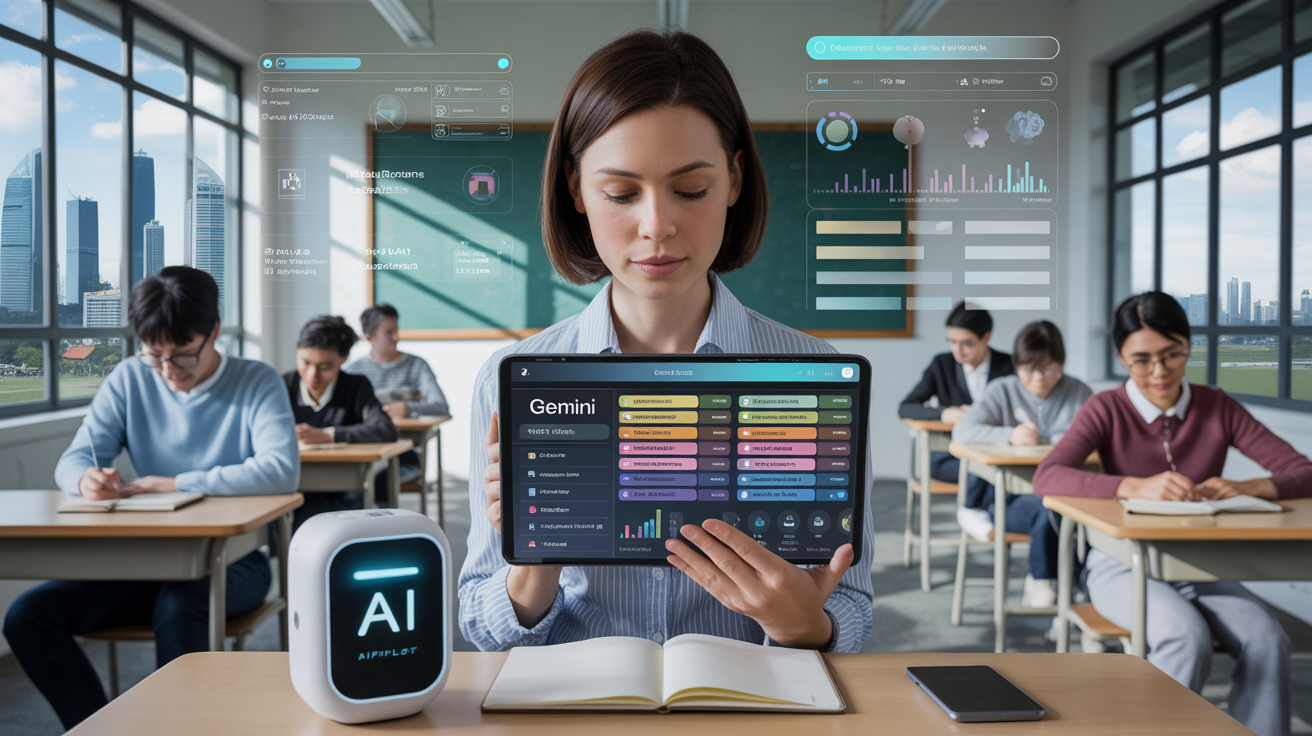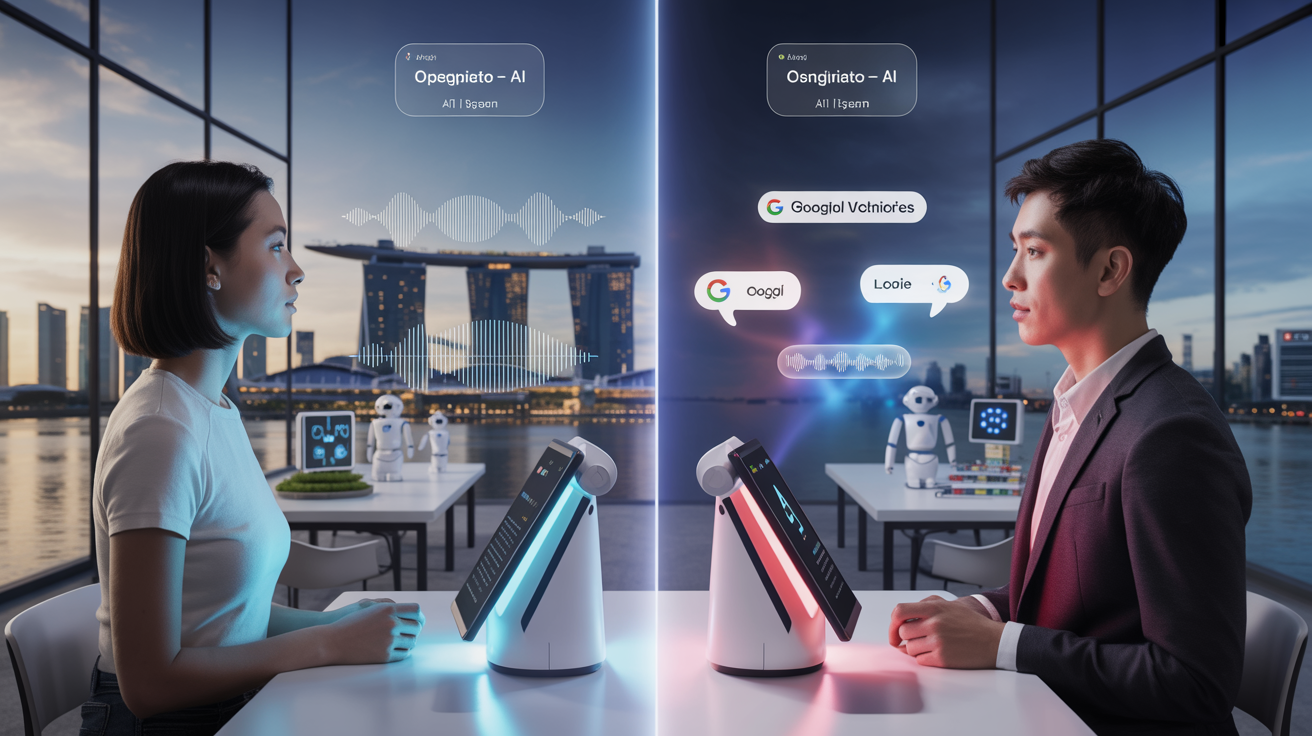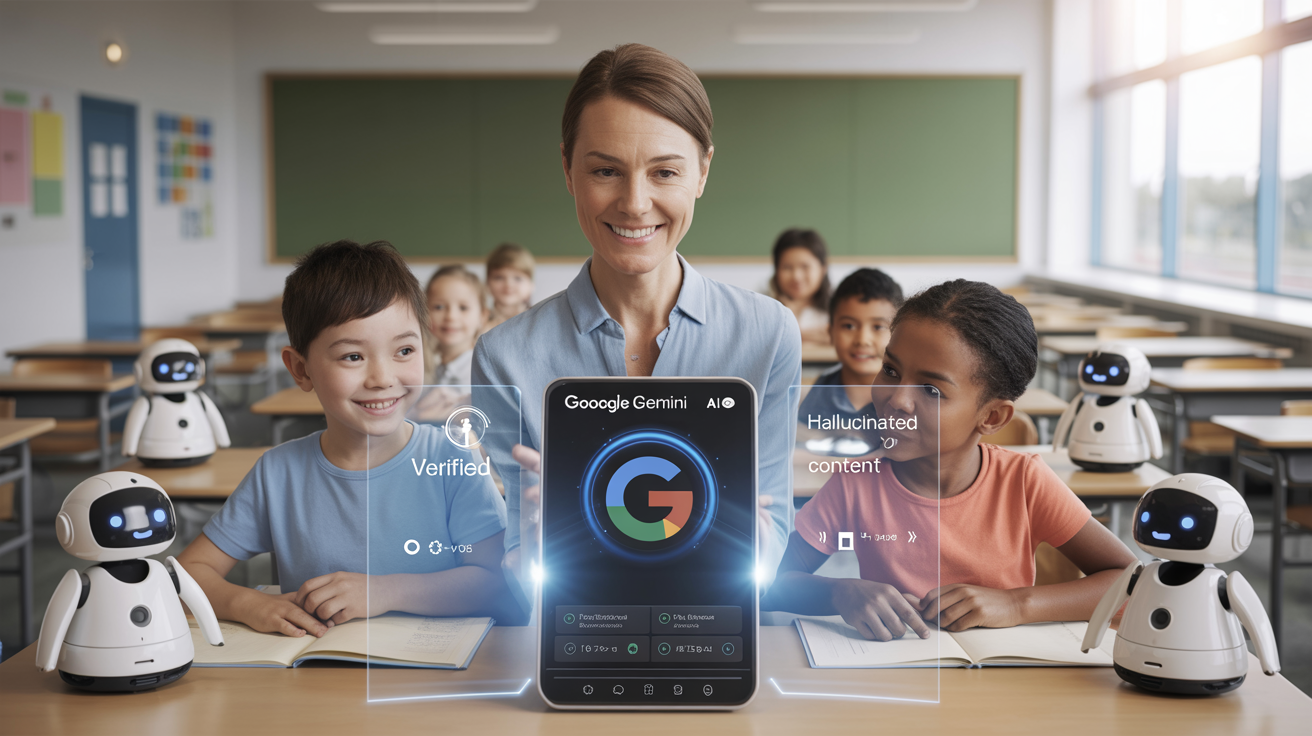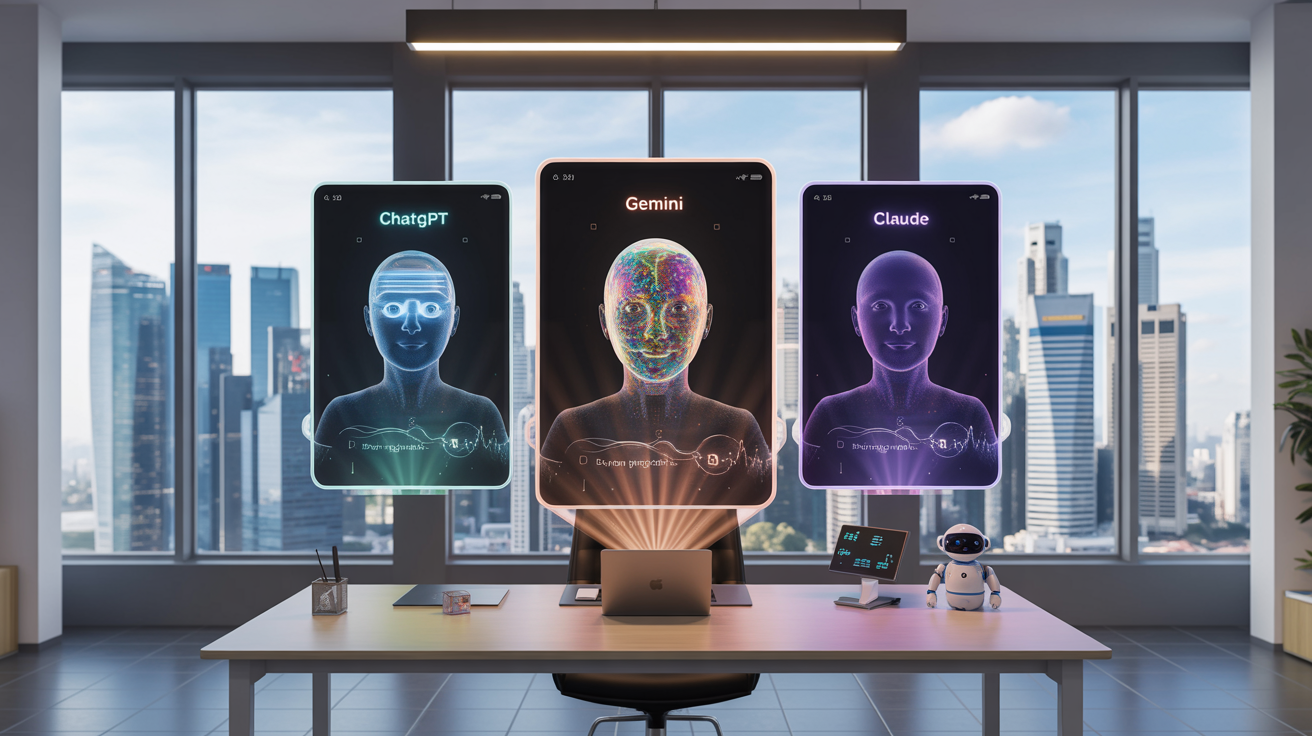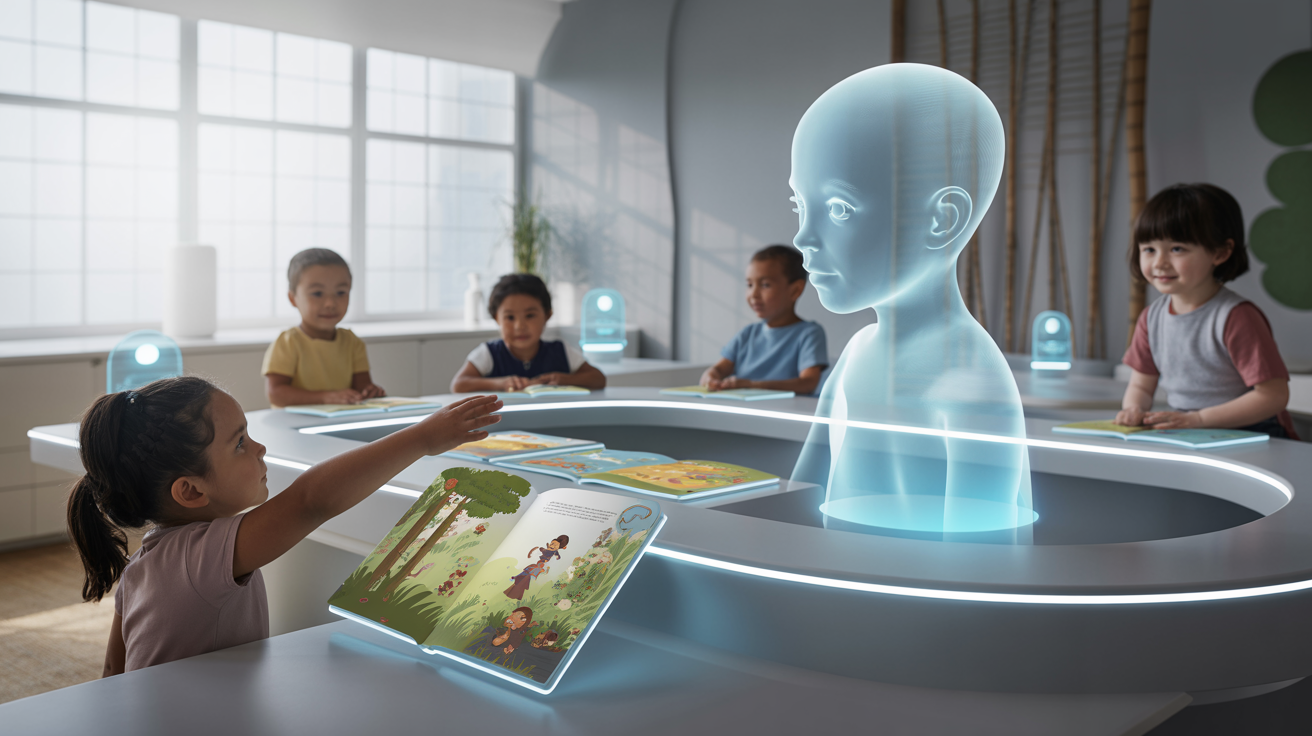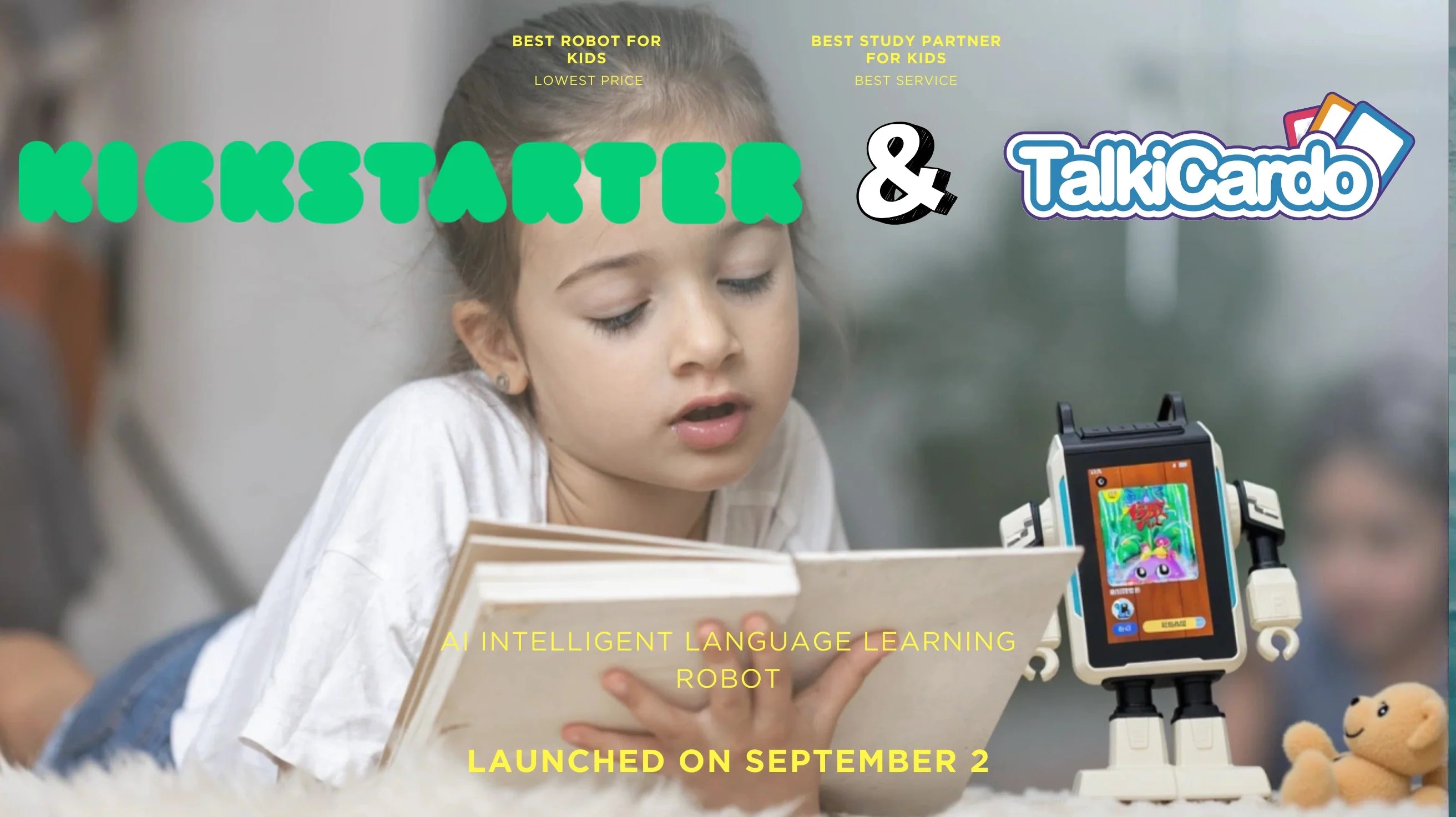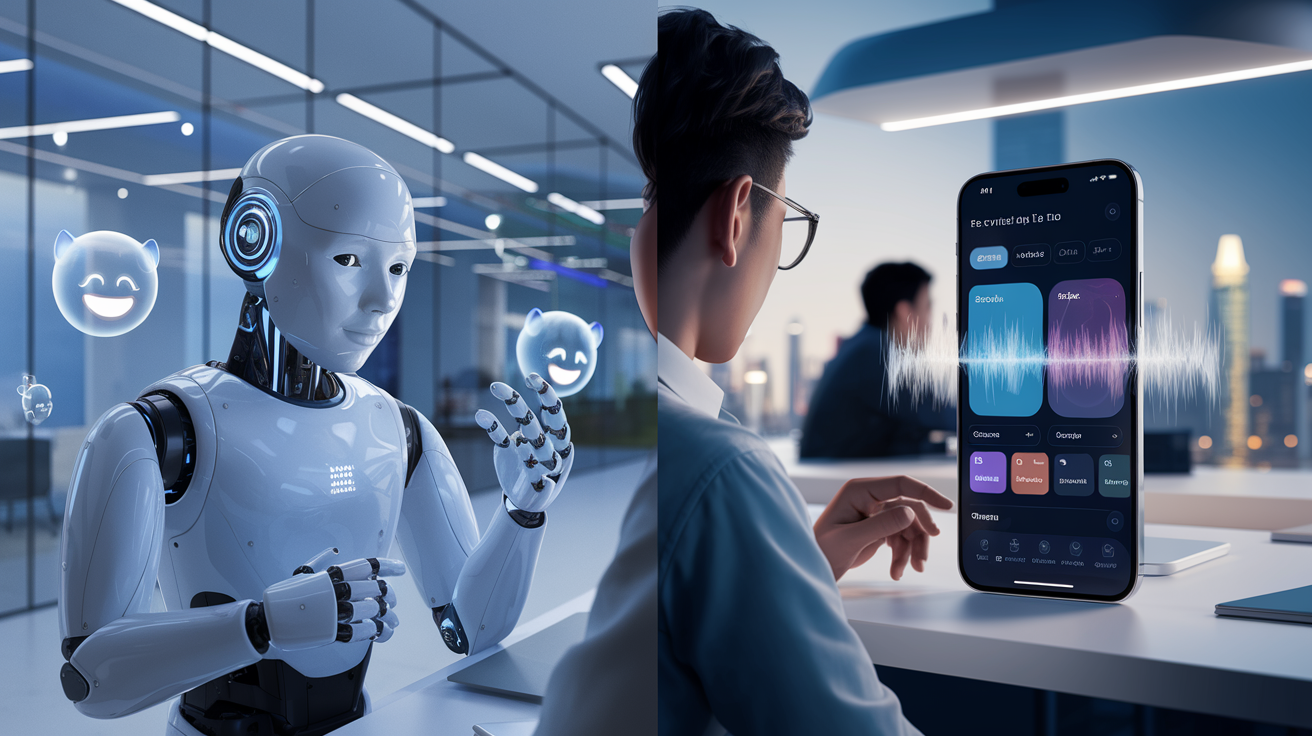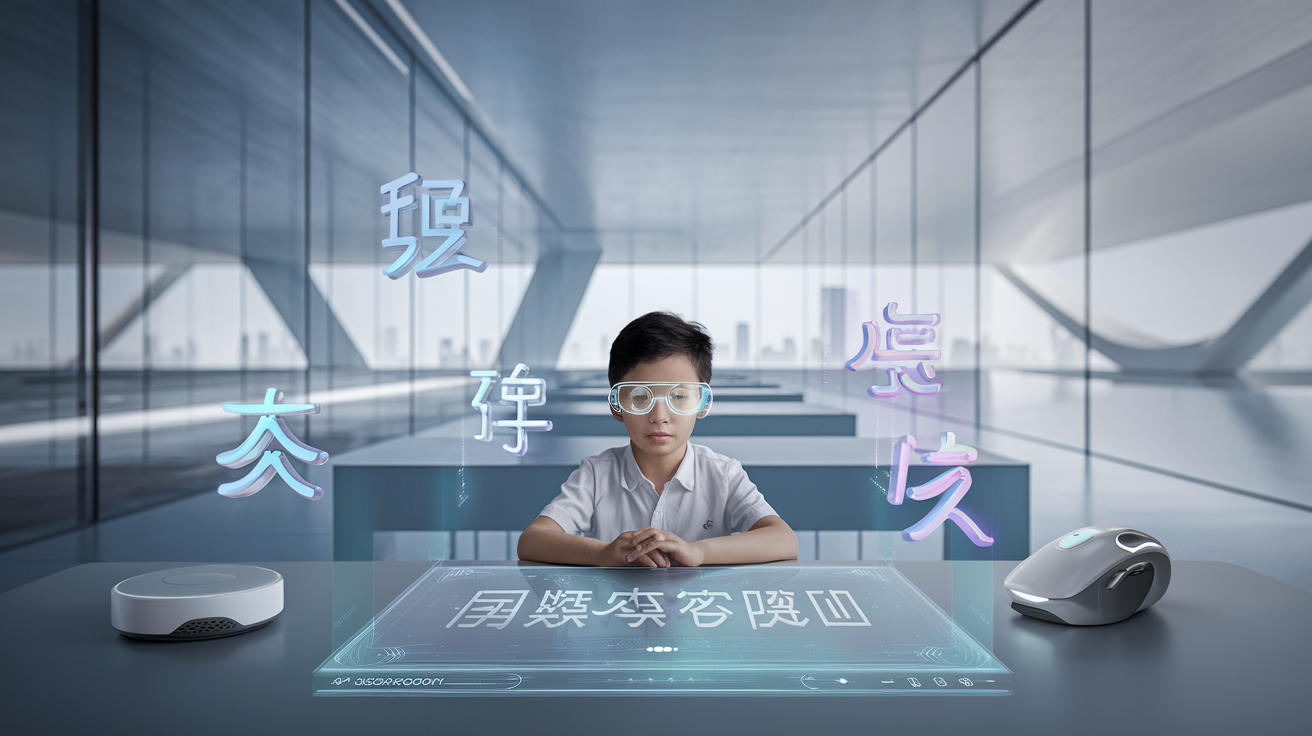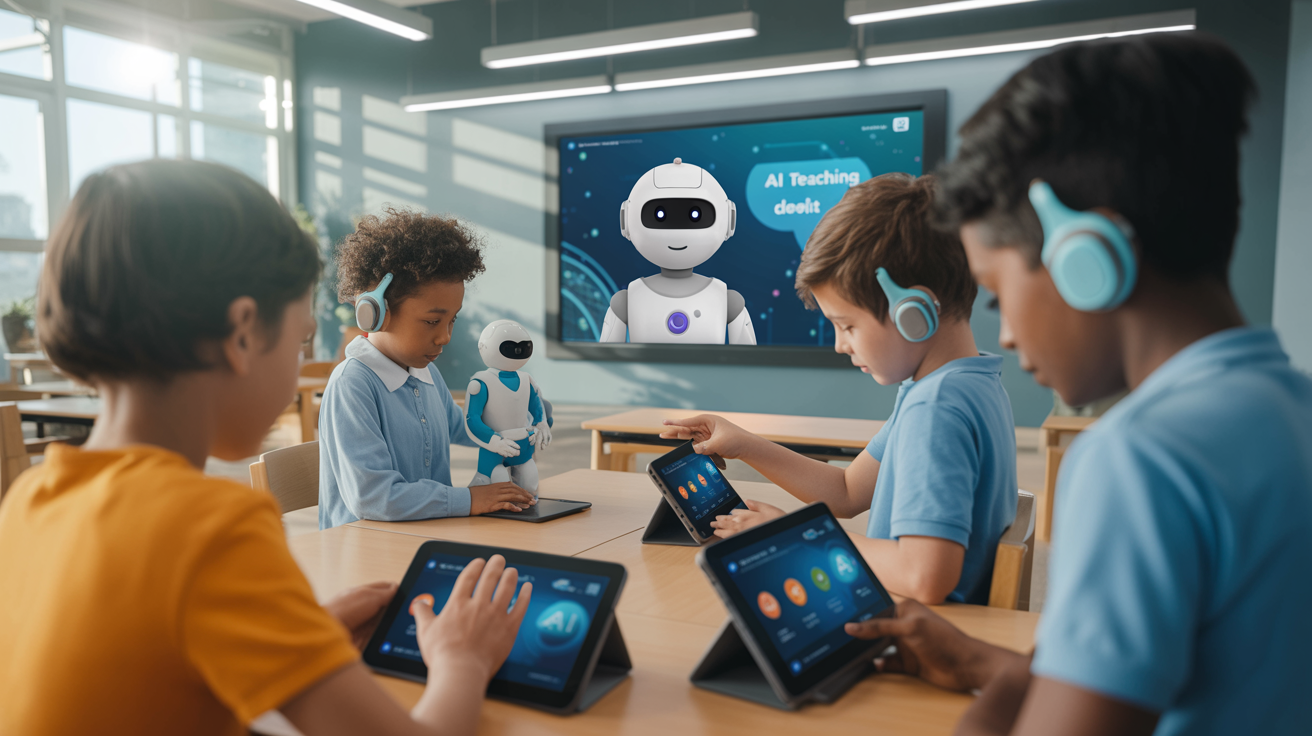
Universal Design for Learning: How AI Tools Support Inclusive Education Goals
Posted by Aipilot on
Table Of Contents
- Introduction
- Understanding Universal Design for Learning
- How AI Enhances UDL Implementation
- Innovative AI Tools Supporting UDL Goals
- AIPILOT's AI Solutions for UDL Implementation
- Challenges and Considerations for Implementation
- Future Directions: AI and UDL
- Conclusion
Imagine a classroom where every student, regardless of their learning style, abilities, or background, has equal opportunity to succeed. This isn't just an idealistic vision—it's the core promise of Universal Design for Learning (UDL). As educators worldwide embrace this framework, artificial intelligence is emerging as a powerful ally in making truly inclusive education a reality.
The traditional one-size-fits-all approach to education has long left many learners behind. Some students thrive with visual learning, while others need auditory input or hands-on experiences. Some require additional support, while others need greater challenges. UDL addresses these diverse needs by providing multiple pathways to learning—and AI technology is revolutionizing how we implement these principles.
In this comprehensive guide, we'll explore how AI tools are transforming UDL implementation in classrooms around the world. From personalized learning experiences to adaptive assessments, from speech recognition to real-time translation, AI is helping educators create learning environments that truly work for everyone. We'll also look at innovative solutions from companies like AIPILOT that are at the forefront of this educational revolution, making UDL principles more achievable than ever before.
Whether you're a teacher seeking to better support diverse learners, an administrator planning technology integration, or a parent interested in educational innovation, this article will provide valuable insights into how AI and UDL are reshaping the future of education.
Universal Design for Learning:
AI Tools for Inclusive Education
AI technologies are revolutionizing how Universal Design for Learning (UDL) principles are implemented in education, creating truly inclusive learning environments for all students.
Multiple Means of Representation
AI provides content in various formats through text-to-speech, real-time translation, and content adaptation, ensuring all students can access information in their preferred way.
Multiple Means of Action & Expression
Voice commands, predictive text, and alternative assessment formats allow students to navigate learning environments and demonstrate knowledge in ways that work for them.
Multiple Means of Engagement
AI personalizes learning with adaptive difficulty, customized learning paths, and immediate feedback, keeping students motivated and engaged with content relevant to their interests.
Key AI Solutions Supporting UDL
Personalized Learning Platforms
Adaptive systems that adjust content difficulty, pacing, and presentation based on individual performance.
AI-Enhanced Assistive Technologies
Tools like text simplifiers, communication supports, and organization aids that remove specific barriers to learning.
Adaptive Assessment Tools
Systems that evaluate student knowledge across different formats and provide ongoing insights without creating test anxiety.
AIPILOT's UDL Solutions
AI Oral Practice Robots
Interactive devices providing non-judgmental environments for language practice with personalized feedback.
AI Teaching Assistants
Virtual assistants that explain concepts in multiple ways and provide 24/7 personalized support.
Live Translation Tools
Real-time translation breaking down language barriers while building proficiency in multiple languages.
TalkiCardo Smart AI Chat Cards
Safe entry point to AI-enhanced communication for younger learners in a protected environment.
Implementation Considerations
Equity & Access
Data Privacy
Teacher Training
Human Connection
Cultural Responsiveness
Discover how AIPILOT's AI-powered educational solutions can support your UDL implementation
Visit AIPILOT TodayUnderstanding Universal Design for Learning
Universal Design for Learning isn't just another educational framework—it's a paradigm shift in how we think about teaching and learning. Developed by CAST (Center for Applied Special Technology) in the 1990s, UDL draws inspiration from universal design principles in architecture, which ensure buildings are accessible to everyone. Similarly, UDL aims to make learning accessible to all students by removing barriers while maintaining high expectations and outcomes.
At its core, UDL acknowledges what neuroscience has confirmed: our brains learn differently. There's tremendous variability in how we perceive information, engage with content, and demonstrate understanding. Rather than expecting learners to adapt to a rigid curriculum, UDL flips the script by designing learning experiences that adapt to learner variability.
The Three Core Principles of UDL
UDL is built on three foundational principles that address distinct learning networks in the brain:
1. Multiple Means of Representation (the "what" of learning): This principle recognizes that students differ in how they perceive and comprehend information. Some may grasp concepts better through visual means, while others prefer text or audio. By presenting content in multiple formats—such as combining text with graphics, audio, and video—educators can make learning materials accessible to more students.
2. Multiple Means of Action and Expression (the "how" of learning): Students differ in how they navigate learning environments and express what they know. This principle encourages flexibility in how students demonstrate their knowledge and skills. Rather than limiting assessment to standardized tests or essays, UDL advocates for diverse options—presentations, videos, models, or other creative formats.
3. Multiple Means of Engagement (the "why" of learning): This principle addresses the varied ways students become motivated and maintain interest in learning. Some are engaged by spontaneity and novelty, while others prefer predictable routines. Some thrive in collaborative settings, while others excel in independent work. By offering choices and creating supportive, challenging environments, educators can spark genuine interest and persistence in learning.
Benefits of Implementing UDL in Education
The UDL approach offers numerous advantages for educational communities:
Increased accessibility: UDL removes barriers that might prevent students from accessing learning materials or expressing their knowledge, ensuring education is accessible to all learners, including those with disabilities.
Improved engagement: By offering multiple pathways to learning and various means of engagement, UDL helps maintain student interest and motivation, reducing behavior issues that often stem from disengagement.
Enhanced learning outcomes: Research suggests that UDL implementation leads to improved academic performance across diverse student populations. When students can access information in ways that work for them and demonstrate knowledge through their strengths, they're more likely to succeed.
Reduced need for retrofitting: Instead of creating a standard curriculum and then modifying it for specific students (often stigmatizing those students), UDL builds flexibility into the original design, benefiting everyone.
Preparation for diverse workplaces: By experiencing flexible, technology-enhanced learning environments, students develop adaptability and digital literacy skills essential for future careers.
How AI Enhances UDL Implementation
While UDL principles have been around for decades, implementing them effectively has often challenged educators who must balance diverse needs with limited time and resources. This is where artificial intelligence enters the picture, offering powerful tools that make UDL more achievable than ever before.
AI for Multiple Means of Representation
AI technologies are transforming how educational content is presented and accessed:
Automatic text-to-speech and speech-to-text: AI-powered tools can instantly convert written content to audio for students who learn better by listening, or transcribe spoken content for those who process text more effectively. These tools are becoming increasingly natural-sounding and accurate.
Real-time translation: For multilingual classrooms, AI translation tools break down language barriers by converting content into students' native languages. AIPILOT's AI-powered live translation tools exemplify this capability, making learning materials accessible regardless of language background.
Content adaptation: AI can analyze and adjust text complexity, automatically generating simplified versions of complex materials or adding supportive elements like definitions, examples, or visual supplements.
Multimodal learning: AI systems can transform content between formats—converting text to visuals, creating diagrams from descriptions, or generating explanatory animations for abstract concepts—ensuring students can access information in their preferred modality.
AI for Multiple Means of Action and Expression
AI offers new ways for students to navigate learning environments and demonstrate knowledge:
Voice commands and navigation: AI-powered voice recognition allows students with motor or visual impairments to navigate learning platforms through speech, eliminating physical barriers to accessing educational content.
Predictive text and writing support: For students who struggle with writing, AI writing assistants offer word predictions, grammar suggestions, and organizational support, reducing cognitive load and allowing them to express ideas more fluently.
Alternative assessment formats: AI enables varied assessment approaches, from automatically evaluating spoken responses to analyzing student-created videos or presentations. AIPILOT's AI essay correction assistants provide detailed feedback on writing while accommodating different expression styles.
Creative production tools: AI-powered creation tools help students produce sophisticated multimedia projects, music, art, or designs, allowing them to express understanding through diverse formats that align with their strengths.
AI for Multiple Means of Engagement
Perhaps most powerfully, AI can personalize the learning experience to enhance motivation:
Adaptive difficulty: AI algorithms can adjust challenge levels in real-time, preventing boredom for advanced learners and frustration for those who need more support, maintaining each student in their optimal learning zone.
Personalized learning paths: By analyzing performance patterns, interests, and learning preferences, AI can suggest individualized learning sequences, helping students follow paths that maintain their engagement.
Immediate feedback: AI provides instant, specific feedback on student work, creating the tight feedback loops that build mastery and motivation while allowing students to work at their own pace.
Interest-based connections: AI can link academic content to student interests, showing, for example, how mathematical concepts connect to a student's passion for music or sports, making learning personally relevant.
Emotional support: Advanced AI systems like those developed by AIPILOT can recognize signs of frustration or disengagement and provide encouraging prompts or suggest breaks, supporting students' emotional well-being throughout the learning process.
Innovative AI Tools Supporting UDL Goals
A growing ecosystem of AI-powered educational tools is making UDL implementation more accessible for schools and educators. Here are some of the most promising categories:
AI-Powered Personalized Learning Platforms
Comprehensive learning platforms use AI to create truly personalized educational experiences:
Adaptive learning systems: These platforms continuously assess student understanding and automatically adjust content difficulty, pacing, and presentation based on individual performance. They can identify knowledge gaps, provide targeted practice, and create personalized learning pathways.
Intelligent tutoring systems: AI tutors provide one-on-one guidance, answering questions, explaining concepts, and offering hints when students struggle. AIPILOT's AI teaching assistants exemplify this approach, providing personalized support while freeing teachers to focus on complex instructional needs.
Interactive learning environments: AI-enhanced simulations, games, and virtual reality experiences adapt to student choices and learning styles, making abstract concepts concrete through immersive, personalized experiences.
AI-Enhanced Assistive Technologies
Specialized AI tools remove specific barriers to learning:
Language processing tools: For students with reading challenges, AI-powered tools like text simplifiers, summarizers, and visual dictionary features make text more accessible without requiring constant teacher modification.
Communication supports: AI speech recognition and generation help non-verbal students or those with speech impairments communicate effectively in classroom settings. TalkiCardo Smart AI Chat Cards from AIPILOT provide safe, efficient communication tools for children, supporting those who may struggle with conventional verbal expression.
Attention and organization aids: For students with executive functioning challenges, AI tools provide smart reminders, break tasks into manageable steps, and filter out distractions to support focus and completion of assignments.
Adaptive Assessment and Feedback Tools
AI is revolutionizing how student learning is evaluated:
Multimodal assessment: AI can evaluate student knowledge across different formats—written, spoken, visual, or interactive—allowing students to demonstrate understanding through their preferred modes of expression.
Real-time formative assessment: Rather than relying solely on periodic tests, AI tools can continuously gather data on student performance during regular learning activities, providing ongoing insights without creating test anxiety.
Natural language feedback: AI writing analysis tools give detailed, constructive feedback on essays and written assignments, helping students improve without waiting for teacher grading. These tools can focus on different aspects of writing (organization, evidence, clarity) based on individual learning goals.
Portfolio analysis: AI can help assess student growth over time by analyzing collections of work, identifying patterns of improvement, and highlighting developing strengths that might be missed in traditional assessments.
AIPILOT's AI Solutions for UDL Implementation
AIPILOT has developed a comprehensive suite of AI-powered tools specifically designed to support UDL principles in educational settings:
AI Oral Practice Robots for Kids: These interactive devices provide a non-judgmental environment for language practice, supporting students who may feel anxious speaking in class. The robots offer personalized pronunciation feedback, vocabulary building, and conversational practice that adapts to each child's proficiency level and learning pace.
AI Teaching Assistants: AIPILOT's virtual teaching assistants can explain concepts in multiple ways, answer student questions 24/7, and provide customized learning materials based on individual needs. This supports the UDL principle of multiple means of representation while giving teachers valuable classroom support.
AI-Powered Live Translation Tools: These tools break down language barriers in diverse classrooms by providing real-time translation of educational content. Students can access materials in their native language while simultaneously building proficiency in the instructional language, ensuring content remains accessible regardless of language background.
Smart AI Mouse: This innovative hardware solution transforms traditional computing interfaces, making digital learning more accessible for students with different motor abilities or those who benefit from alternative navigation methods.
AIPILOT's platform also features immersive role-playing with AI characters, allowing students to practice language and communication skills in contextually rich, engaging scenarios. This supports the engagement principle of UDL by connecting learning to authentic situations that maintain student interest.
Perhaps most uniquely, AIPILOT's solutions prioritize psychological well-being by providing emotional support throughout the learning process. Their AI companions can recognize signs of frustration or anxiety, offering encouragement, suggesting breaks, or adjusting difficulty levels to maintain a positive learning experience—an often overlooked but crucial aspect of successful UDL implementation.
With TalkiCardo Smart AI Chat Cards, AIPILOT offers a safe entry point to AI-enhanced communication for younger learners, allowing them to develop digital literacy skills while engaging with educational content in a protected environment.
Challenges and Considerations for Implementation
While AI tools offer tremendous potential for UDL implementation, educators should be mindful of several important considerations:
Equity and access: Not all schools have equal access to technology infrastructure or AI tools. Implementation plans must address these gaps to ensure AI-enhanced UDL doesn't create new forms of educational inequality.
Data privacy and security: AI educational tools collect significant data about student learning and behavior. Schools must ensure proper privacy protections, transparent data policies, and secure systems, particularly when working with younger students.
Teacher training and support: Even the best AI tools require knowledgeable implementation. Educators need professional development not just in tool operation but in understanding how these technologies support UDL principles and how to integrate them into comprehensive learning experiences.
Avoiding over-reliance: While AI tools can powerfully support learning, they shouldn't replace human connection and guidance. The most effective implementations view AI as augmenting teacher capabilities rather than substituting for educational relationships.
Cultural responsiveness: AI systems reflect the data they're trained on, which may contain biases or cultural limitations. Educators should select tools designed with diversity in mind and supplement them with culturally responsive approaches.
Future Directions: AI and UDL
As AI technology continues to evolve, we can anticipate several exciting developments in how it supports UDL implementation:
More sophisticated personalization: Next-generation AI will create even more nuanced learning profiles, identifying specific cognitive patterns, misconceptions, and optimal learning approaches for each student.
Multimodal learning experiences: Advances in virtual and augmented reality, combined with AI, will create immersive learning environments that simultaneously engage multiple senses and learning modalities, making abstract concepts tangible for diverse learners.
Enhanced accessibility: Brain-computer interfaces and advanced speech recognition will make educational content accessible to students with severe physical disabilities, opening new educational opportunities.
Predictive intervention: AI systems will become better at identifying struggling students before they fall behind, allowing for proactive support rather than remedial intervention.
Student-centered AI design: We'll likely see more AI tools developed with direct student input, creating systems that better reflect learner needs and preferences rather than just educator or designer assumptions.
Companies like AIPILOT are at the forefront of these innovations, continuously refining their AI technologies to create more inclusive, effective learning environments that truly embody UDL principles.
Conclusion
Universal Design for Learning represents our highest aspirations for education—creating learning environments where every student can thrive, regardless of their background, abilities, or learning preferences. While this vision has always been compelling, it has often remained challenging to implement comprehensively within the constraints of traditional educational settings.
AI technology is changing this equation dramatically. The tools and platforms we've explored throughout this article demonstrate how artificial intelligence can make UDL principles more achievable than ever before. From providing multiple means of representation through text-to-speech and translation, to enabling diverse expression through speech recognition and creative tools, to personalizing engagement through adaptive content and emotional support—AI is helping educators create truly inclusive learning environments.
Companies like AIPILOT are leading this educational transformation, developing innovative AI solutions specifically designed to support diverse learners while making implementation manageable for educators. Their thoughtful integration of hardware and software, combined with attention to emotional well-being and engagement, exemplifies how AI can enhance education while keeping human development at the center.
As we look to the future, the partnership between UDL principles and AI technologies promises to create educational experiences that are not just accessible but truly engaging and effective for all learners. The goal isn't technology for its own sake, but technology that helps us fulfill the fundamental promise of education: helping every student discover and develop their unique potential.
By embracing these innovations thoughtfully, with attention to equity, privacy, and the irreplaceable role of human connection in learning, we can move closer to educational environments that don't just accommodate differences—they celebrate them as the source of our collective strength and creativity.
Discover AIPILOT's AI-Powered Educational Solutions
Ready to transform learning experiences with AI tools that support Universal Design for Learning? Explore AIPILOT's innovative products including AI teaching assistants, language learning tools, and TalkiCardo Smart AI Chat Cards for kids.

